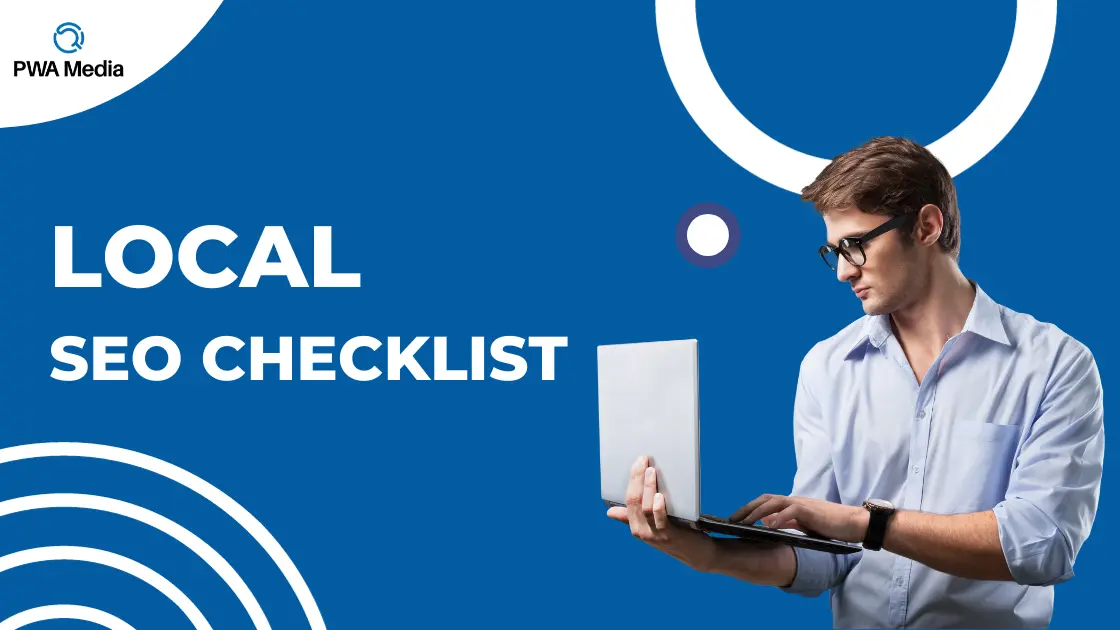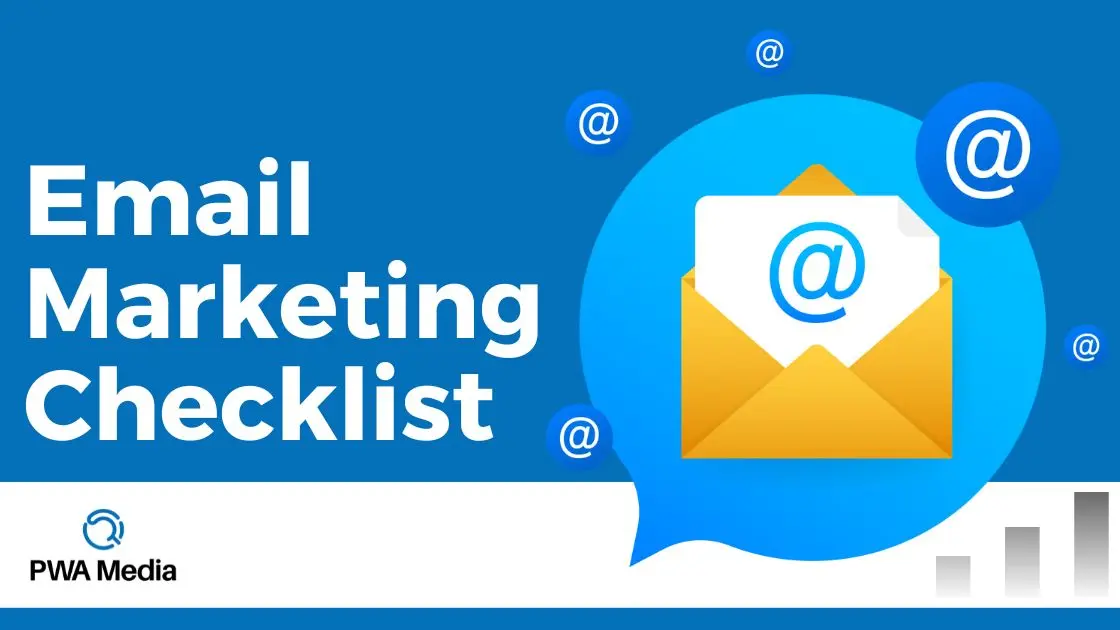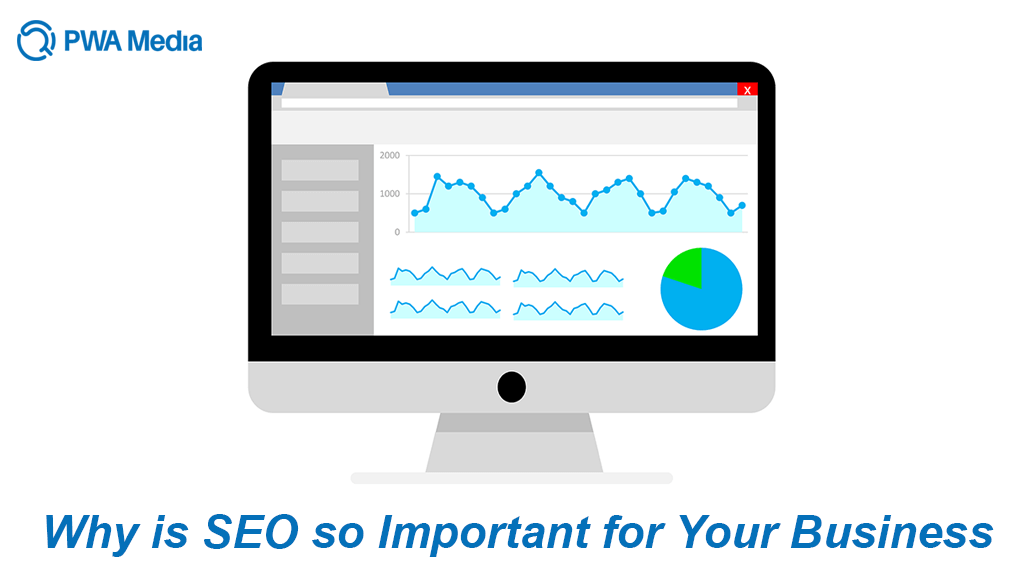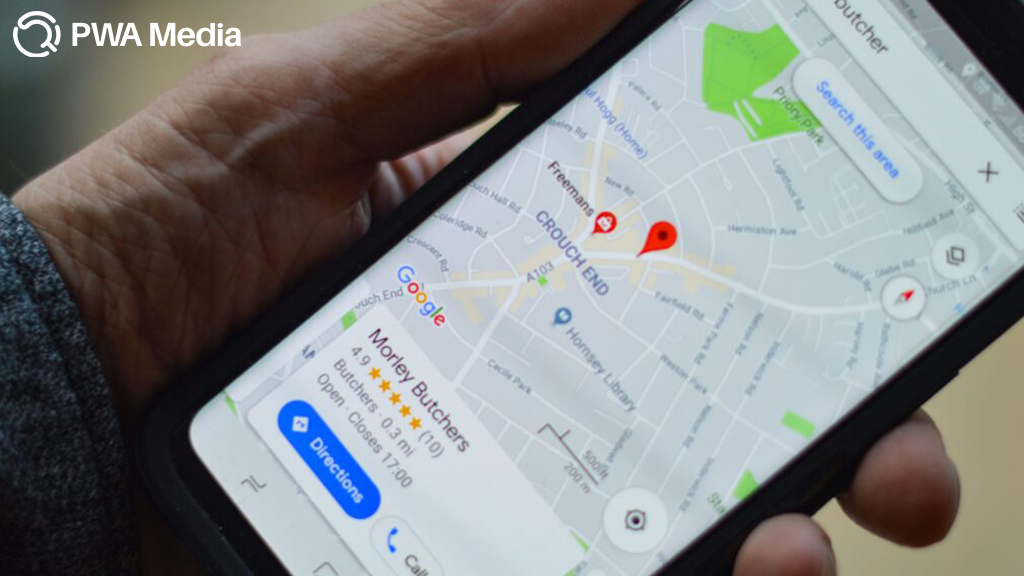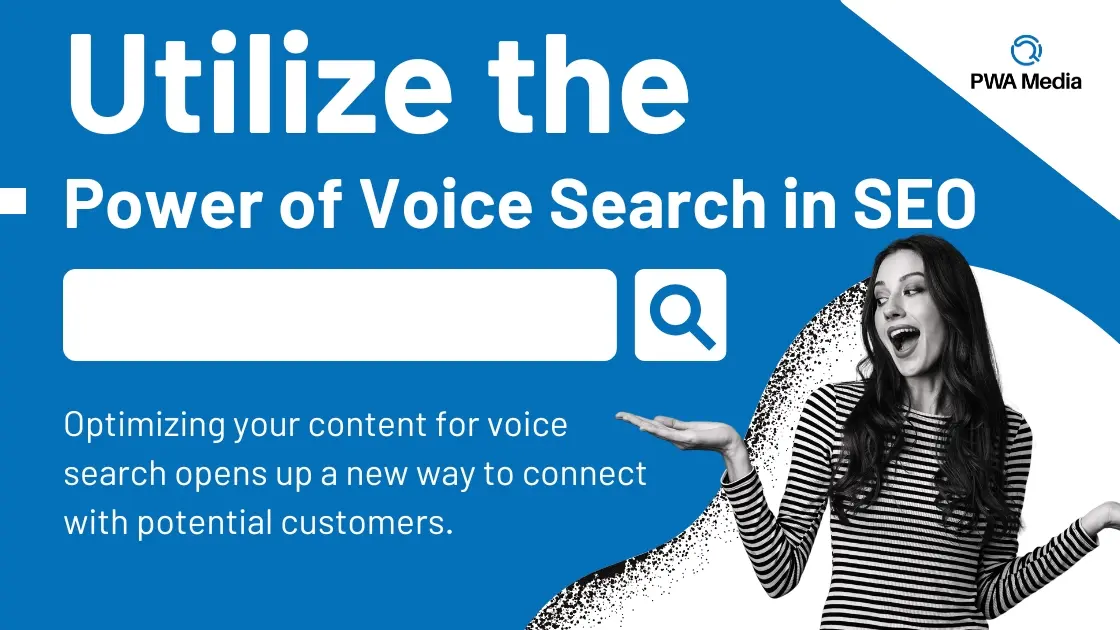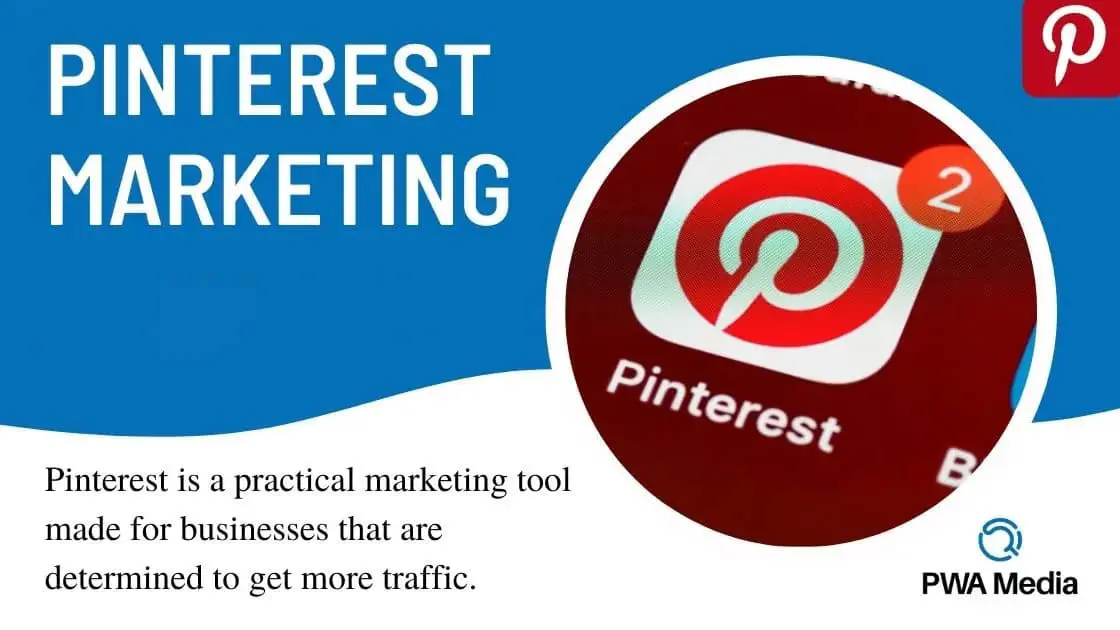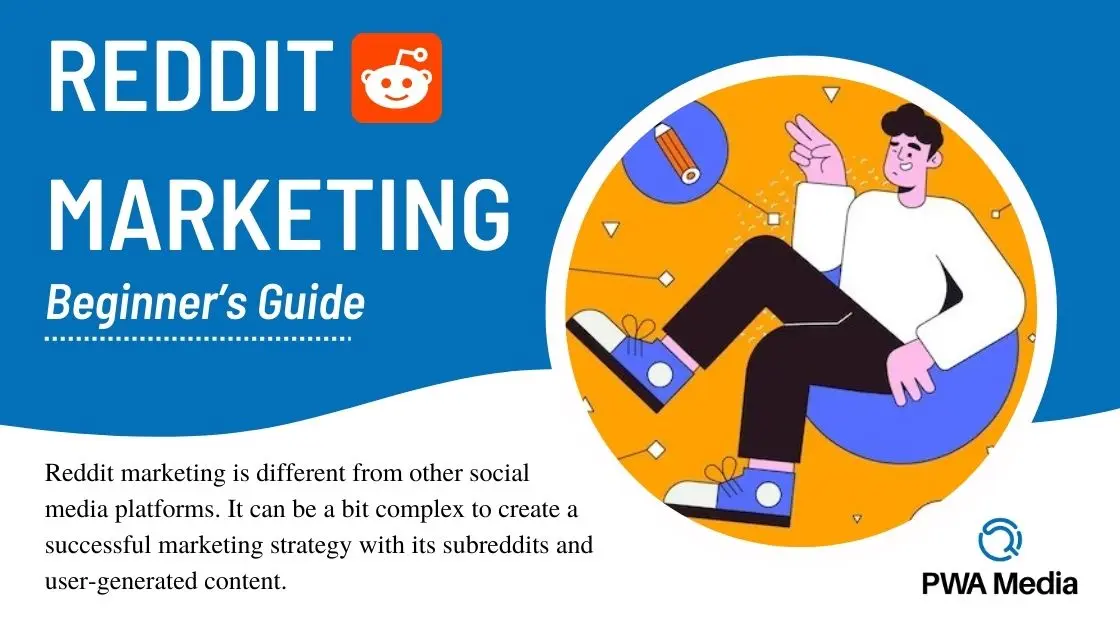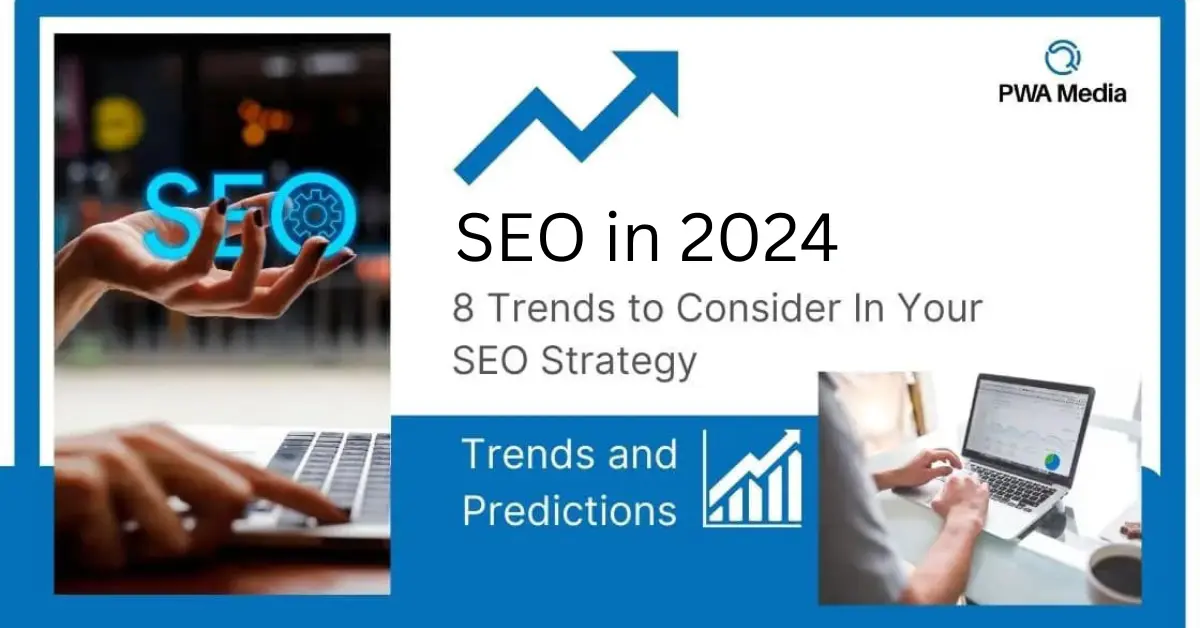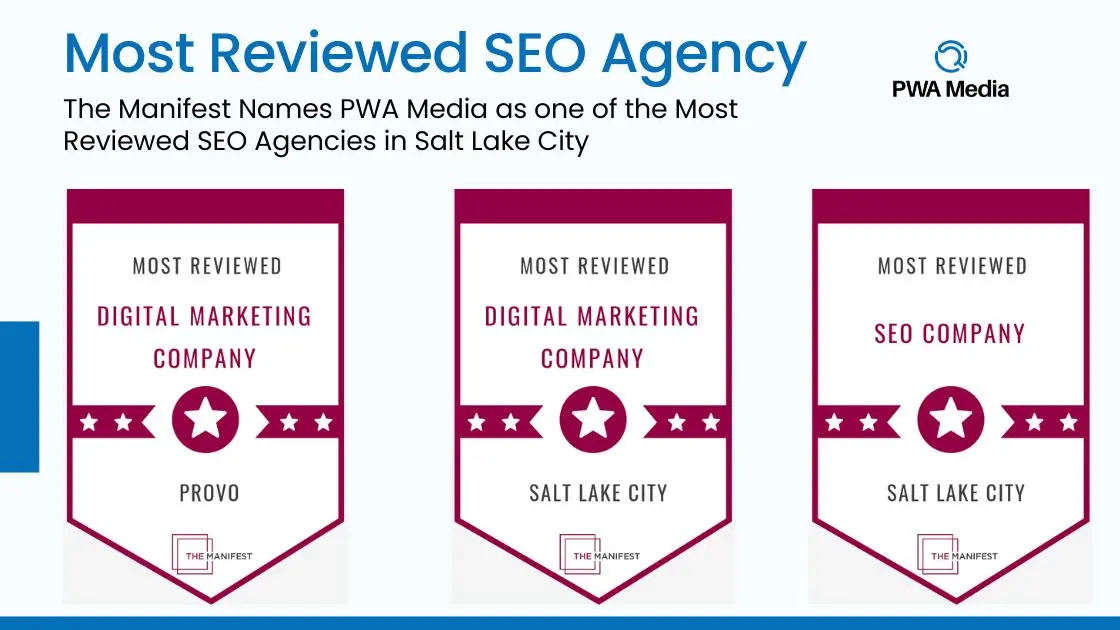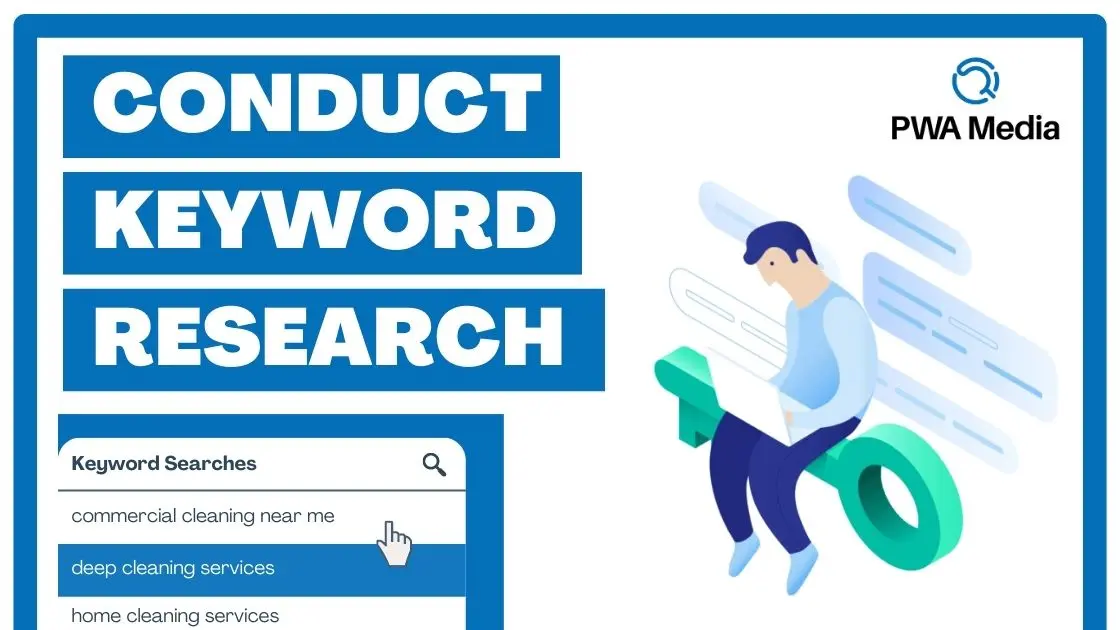To help you succeed, we’re offering this Local SEO checklist to give you some structure. Search engines pay huge attention to the geographical location of the searcher. Local SEO is a popular digital marketing strategy that improves your search engine ranking and works best when your website is optimized for local search to increase traffic, leads and brand awareness from the same.
This can be done by finding keywords that are relevant to you and your products/services, optimizing your Google My Business (GMB) profile with NAP citations, and much more. All you need to make sure of is that you’re ready with the local SEO prerequisites just in place, when it comes time to take advantage of this opportunity, the rest is programmed to be taken care of!
Table of Contents
ToggleWhat is Local SEO?
With local traffic ranking higher than global traffic for many businesses, the potential for business growth locally, besides being just great, is certainly more immediate and lucrative. This guide will. The local SEO strategy uses all kinds of tools to check keyword ranking and other search ranking tools as well, such as Google My Business Page, local citation, and Keyword Planner. It involves tracking the business’s competitors who are doing well online, finding out what keywords and phrases are commonly used in a particular city or state and researching the most searched terms locally to create a plan on how to reach out to local customers using those keywords.
Why is Local SEO Link Building So Important?
- In Google, 46% of all queries have “local intent,” according to Search Engine Roundtable.
- Local pack results constitute 29% of all Google search engine result pages.
- According to a report observed by Google, 76% of customers who conduct local mobile searches for something, visit the related store the same day.
- Curbside pickup searches on Google Maps increased by 9,00% annually.
- Over the past year, “local” and “business” searches have increased by more than 80%.
- In almost 80% of smartphone searches for nearby establishments, a physical transaction is made.
- 28% of the time, local searches result in purchases
Therefore, it is evident that quite a sizable portion of the SEO industry is shouldered by local searches. Additionally, owing to the statistics, there is a considerable probability that the ones searching for products and services you offer, may come knocking on your door a while later, if you can position and pin up your local business on the search result pages.
What are Google My Business and GMB rankings?
One of the simplest steps you can do to make sure your business appears in local search results is to create a Google business profile (a go-to google SEO marketing hack), formerly known as a “Google My Business” profile. This process just takes a few minutes. It’s very important that you fill out all of the local information that Google requests when setting up your Google Business page, including your business category, services, products, and opening hours.
Google may take into account more ranking variables the more information you give it, which increases the likelihood that your company will appear in local search results and map packs. Google assigns you a score for how complete your business listing is when you submit this data.
How does Local SEO function?
At its core, local SEO functions a lot like a regular Google search. Google searches its database to get the most relevant results for a user’s inquiry when they search. The distinction of local SEO comes from the fact that Google ranks local search results using a different set of ranking parameters.
The location from which the user is searching and NAP citations are just two of the distinctive ranking signals used by local SEO. Citations with the NAP (Name, Address, and Phone number) are another important local SEO ranking factor. The name, address, and phone number of your business are all recorded in NAP citations.
The existence of the “Google My Business” directory and the keywords utilised in the profile are excellent additions to the local SEO recommending factors. The signals also take into account the tone of online reviews, the words used in the comments, the number of “check-ins” at the location, social media shares, and the star rating that the business has on Google Maps, all of which indicate how popular and relevant the company is to its target market.
Make Your Website Local Search Engine Optimized Checklist: 2024version
- Technical SEO Factors: Google wants to provide the most accurate and pertinent SERPs for its users and browsers. You should thus check that your website adheres to some fundamental requirements first. Location pages are crucial for local search engine optimization. If you want your brand to be advertised on these sites there, you might take into account the following:
- Display the name, address, and phone number (NAP) on the page.
- Include your working/open hours.
- To create a location page that is fully optimized, check website keyword ranking. Keywords are words or phrases that people enter into search engines to find information. As part of your local SEO plan, you can raise your visibility by concentrating on certain keywords, which will further boost your google local business results ranking.
- Users are given recommendations for websites, that load fast, by search engines. So much so, that “page speed” now influences rankings. Additionally, page speed has a significant impact on your user experience. Thus, improving the speed of your website can keep visitors from leaving. A website’s user experience design has the potential to improve its SEO and win over the target audience. Just as user experience is taken into consideration when a website is search engine optimized, UX modifications too can have a significant impact on SEO.
- Ensure that your website is mobile-friendly– A study estimates that in 2018, mobile devices accounted for a substantial sum of 52.2% of all website traffic worldwide. Google now indexes and ranks webpages based on how they appear on mobile devices first, thanks to the mobile-first index. Therefore, you need to create a website that is responsive and mobile-friendly so that your visitors may easily explore your site.
- Make an XML sitemap– An XML sitemap is a file that contains a list of every page on your website. It is used by search engines as a quick approach to gathering data about your site’s URLs. You may then upload the sitemap to Bing Webmaster Tools and Google Search Console.
- Structured Data: Search engine crawlers visit your website frequently, thus it is really helpful if you highlight the key areas of your website to make their job easier. Structured data effectively accomplishes that.
- These days, social media presence for businesses is expected. Using social media networks, you can develop your brand in the following ways:
Reach new audiences: By using free or paid social media advertisements, you can connect with a larger and fresher market of customers, that you would not have previously been able to.
- Make contact with former clients.
- Local SEO benefits – every social media platform you make has a great high value link back to your website, but as noted above, it is also a terrific method to be a gateway to new customers.
- Every social media platform you can make high value backlink to your website, but as said above, it is also a great method to be a gateway to new clients.
- Build your brand – developing an emotional connection with your customers is more vital than ever.
- Any Social media Traffic can be converted into a potential market of customers.
- Competitors – Keeping tabs on what your competitors (business counterparts) are doing can not only enable you to stay one step ahead of them, but it may also aid you to identify prospective openings for brand-new marketing strategies. Review signals are significant ranking indicators, according to Moz’s analysis of local search ranking variables. It is well known that Google also looks at reviews on Yelp and Trust Pilot, in addition to Google My Business reviews.
- Generating reviews– In essence, it can be as easy as requesting reviews from customers; including a Google review button on your website; and reviewing competing establishments.
- Monitoring reviews– Whether positive or negative, reviews are important for building a customer’s trust, and you must always follow through, and improve.
Conclusion:
There is a lot more that can be done to ensure that your website has strong local city SEO. Through a Google SEO tutorial, one may learn the fundamentals of SEO, including how to add Robots.txt, exclude all fluffy pages, create SEO-friendly URLs, minimise the size of images, and use a tool to check keyword ranking. A high-level navigation menu links to all Location Pages. In addition to all of this, your website must provide a positive user experience. Use a search ranking tracking tool to monitor how your website is doing after putting all of the aforementioned suggestions into practice to ascertain the absolute yield.
If you find local SEO optimization challenging, consider hiring an SEO developer to do it for you.


